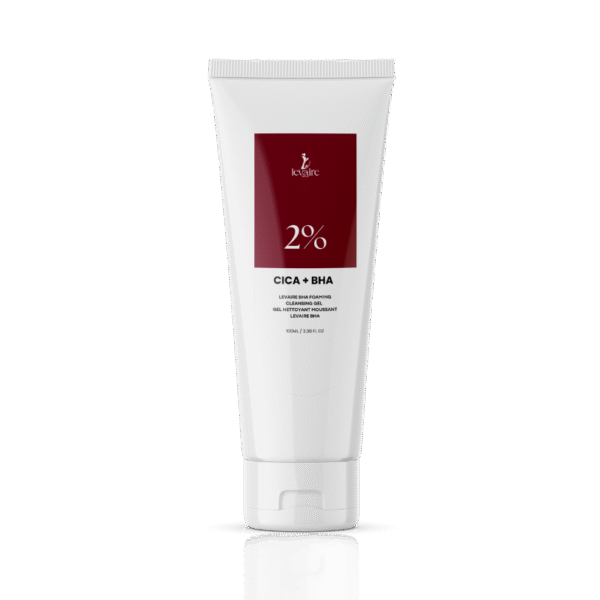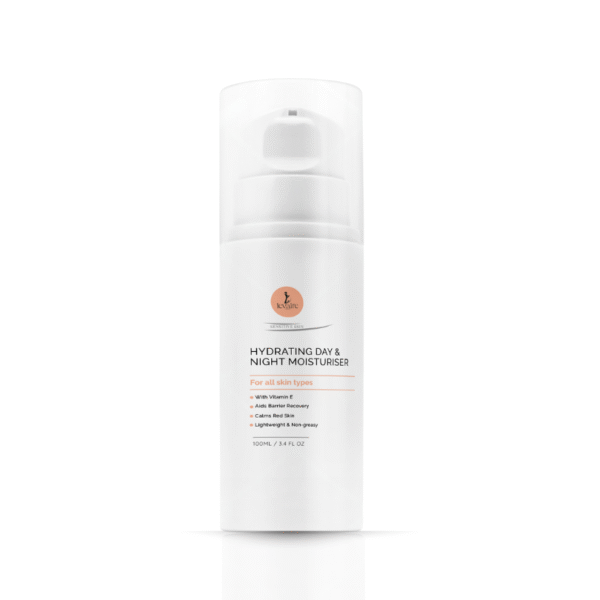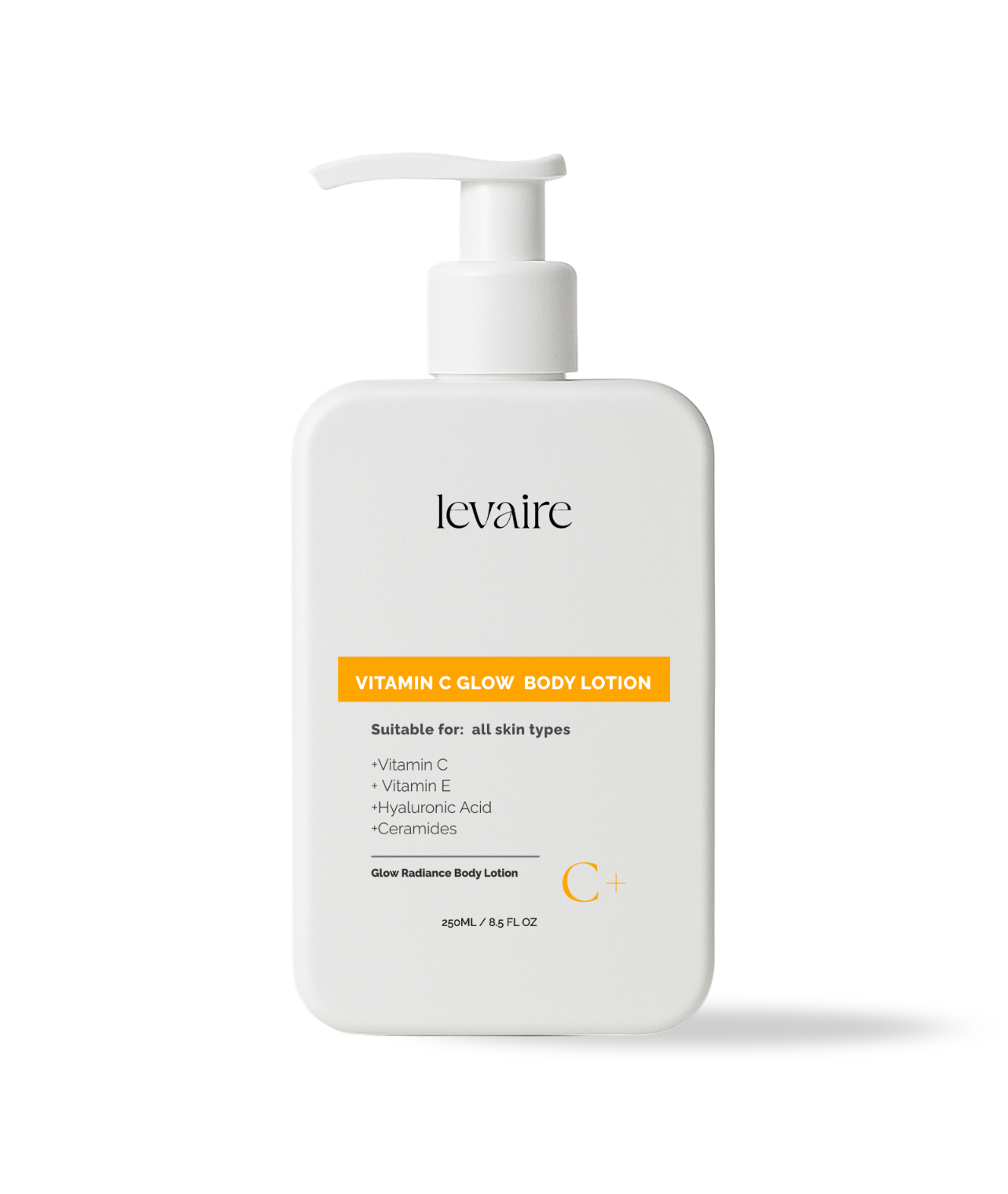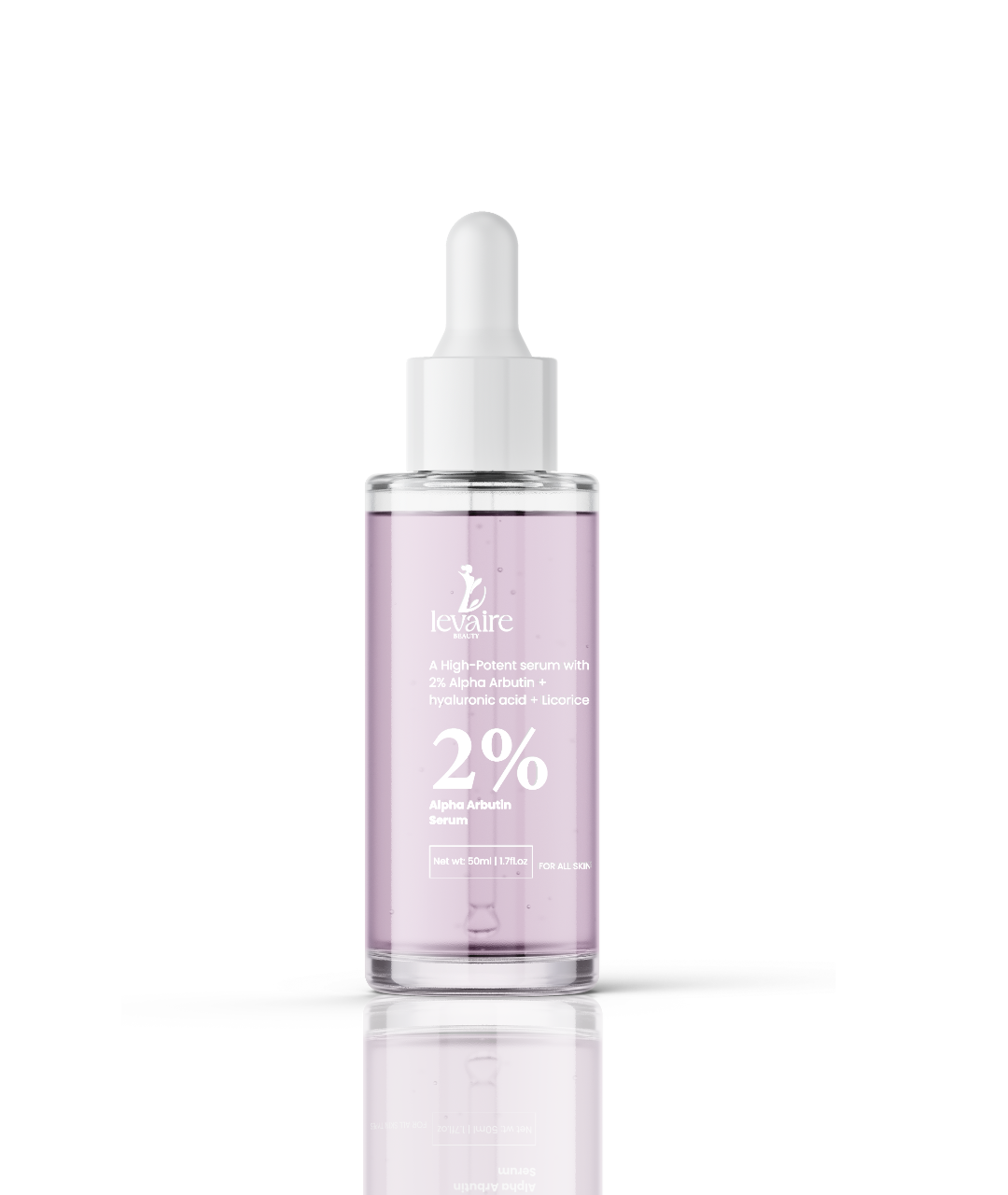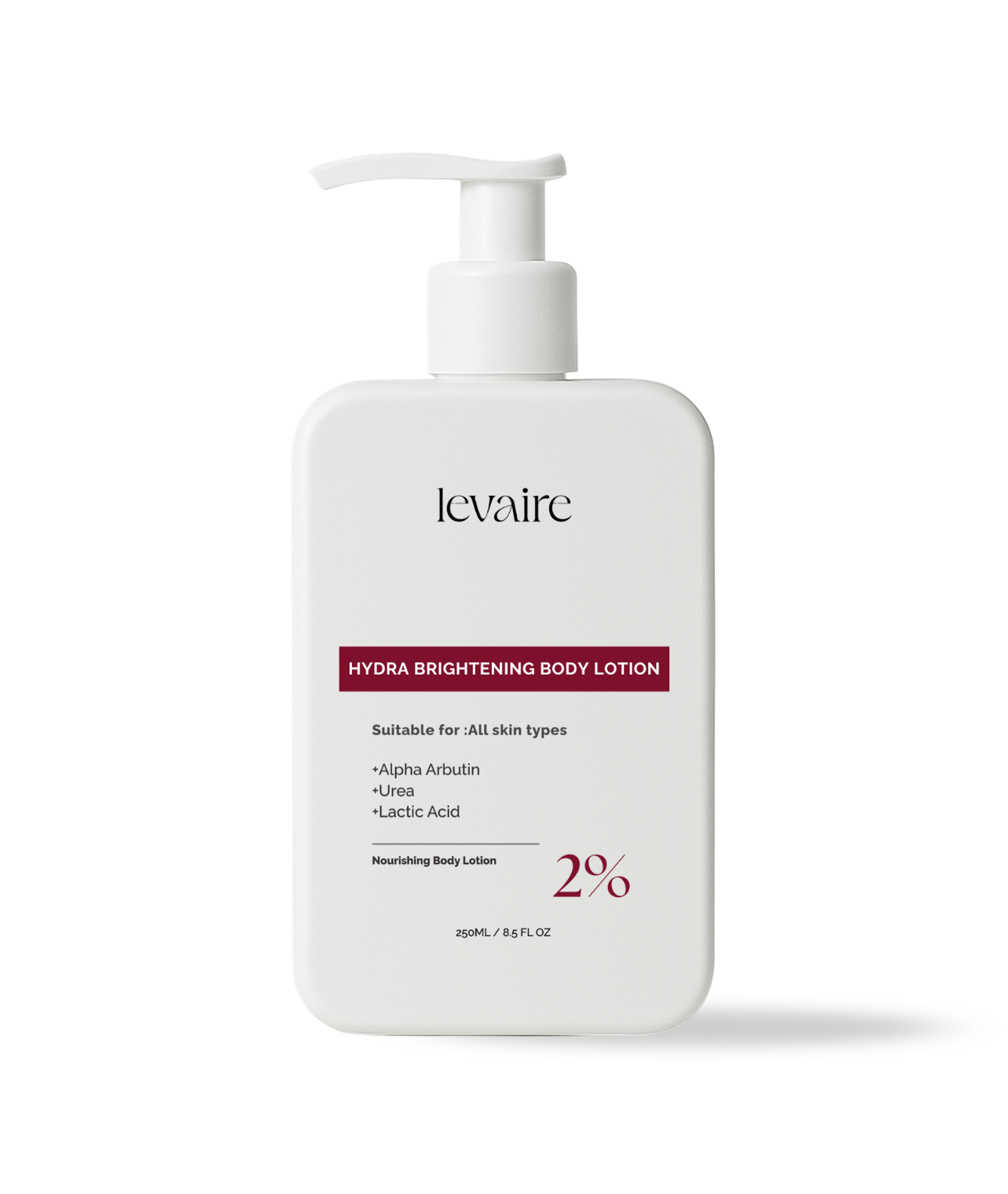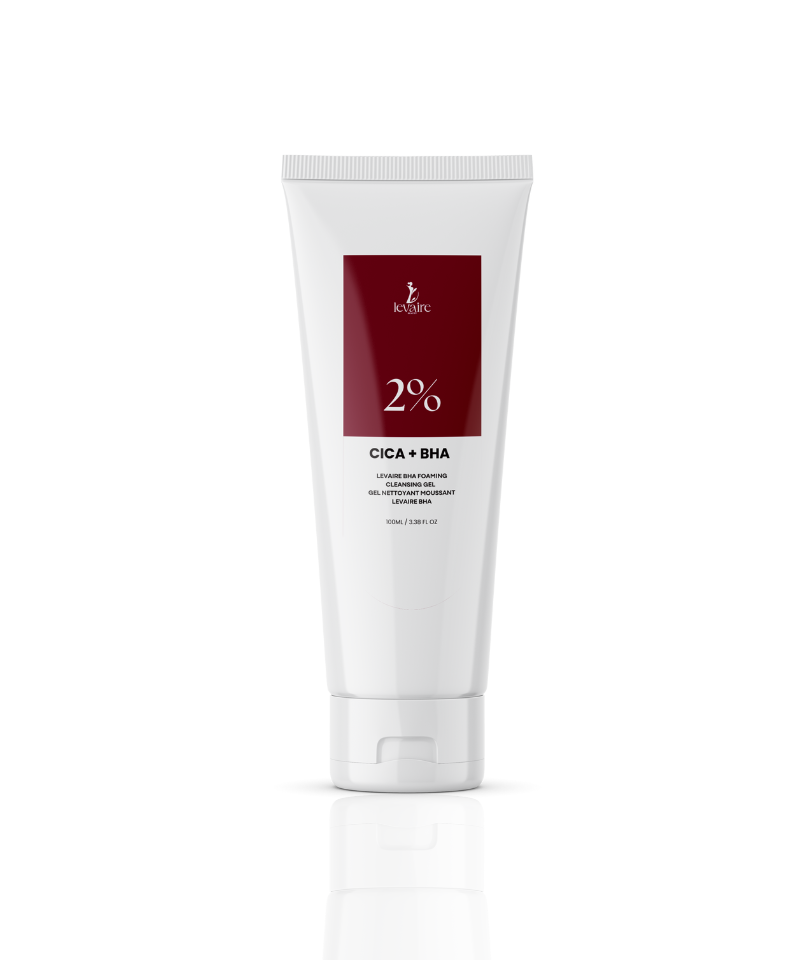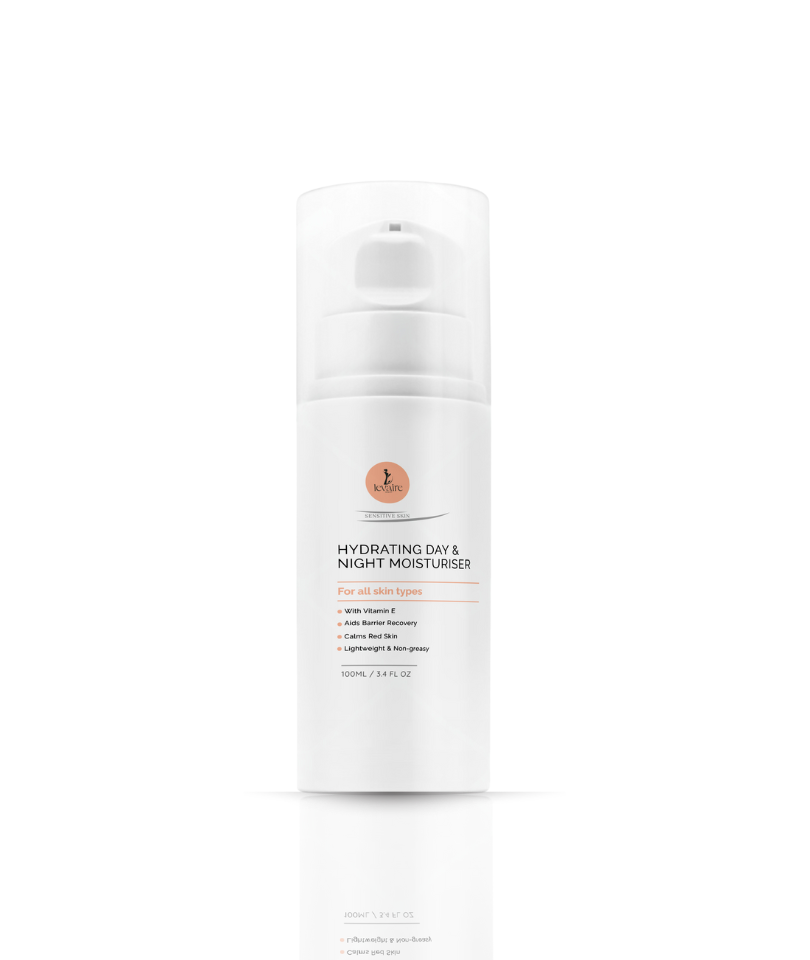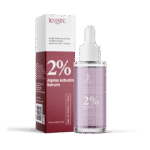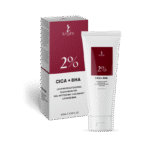
“2% Cica + BHA Pore Deep Cleansing Foam” has been added to your cart. View cart
C+ Hyaluronic Acid and Vitamin C Brightening Lotion
Skincare Resource
Skincare Resource
Finding the appropriate order to use your skincare products is just as crucial as selecting the right items. Whether you're a beginner or an experienced skincare user, knowing how to layer your products effectively will help you attain a healthy, bright complexion. In this article, Levaire Beauty will break down the fundamentals of layering skincare, providing precise instructions for each phase of your process.
Understanding Your Skin Type
Before diving into the specifics of a skincare regimen, it’s crucial to understand your skin type. Each skin type requires different care to maintain a healthy-looking appearance. Here’s a breakdown of the most common skin types:
- Dry Skin: A common sign of skin dehydration is a tight, uncomfortable feeling with dry, flaky skin. It can also show up as uneven texture or as skin having a dull appearance. Dry skin requires a regimen for either hydration or moisturization, depending on the needs of your skin.
- Oily Skin: Characterized by excess sebum production, oily skin often looks shiny and is prone to acne. It benefits from lightweight, non-comedogenic products that help control oil without stripping moisture.
- Combination Skin: This type has both oily and dry areas, typically an oily T-zone (forehead, nose, and chin) and dry cheeks. Combination skin requires a balanced approach, targeting different areas with specific support.
- Sensitive Skin: Commonly associated with signs of irritation, including redness and dry, flaky skin. It needs gentle, soothing products that minimize the potential of irritation.
- Balanced Skin (or “Normal Skin”): There is no such thing as “normal skin” as all skin is normal. What this typically means is that skin in this case is neither too oily nor too dry. Balanced skin maintains a stable state but still benefits from a regimen that supports its natural barrier.
Skincare Regimens vs. Layering

Step 1: Cleanse
Your routine should always begin with a clean canvas. Cleansing removes makeup, impurities, and excess oils that can block product absorption.
* Choose a cleanser that suits your skin type (e.g., gentle foaming cleanser for oily skin, cream cleanser for dry skin).
* Massage the cleanser over damp skin and rinse with lukewarm water.
* Pat your face dry with a clean towel.
Step 2: Tone (Optional, but Beneficial)
Toners help rebalance your skin’s pH and prepare it for the next steps.
* Look for alcohol-free formulas that hydrate and soothe.
* Using a cotton pad or your fingertips, gently apply your toner all over your face.
Step 3: Apply Water-Based Treatments
Serums and essences are packed with active ingredients designed for quick absorption. They should go on before heavier creams.
* Antioxidant serums (like vitamin C) can help fight free radicals and brighten your complexion.
* Hyaluronic acid based serums draw moisture into the skin for additional hydration.
* Tap each product in gently, allowing it to absorb fully before adding the next layer.
Step 4: Targeted Treatments
If you use spot treatments, retinoids, or other actives (like niacinamide or peptides), apply them next.
* Always follow the instructions provided by the product label regarding frequency and application.
* Give these treatments a moment to integrate with your skin to avoid any dilution of effectiveness.
Step 5: Moisturize
Moisturizers seal in all the layers underneath, keeping your skin supple and hydrated.
* For oily skin, consider a lightweight, oil-free moisturizer.
* Dry skin might benefit from a richer cream that locks in moisture.
* Smooth your moisturizer over your face and neck in upward strokes.
Step 6: Sunscreen (Daytime Only!)
No matter how perfect your routine is, sun damage can undo all your hard work.
* Choose a broad-spectrum sunscreen with at least SPF 30.
* Apply it generously as the final step of your daytime routine—20 minutes before heading outdoors.
* Reapply throughout the day, especially if you’re spending extended periods outside.
Tips for Success
* Allow time between layers: Give each product a minute or two to absorb before adding the next.
* Read product instructions: Some active ingredients may need to be applied at different times (for example, retinoids are typically used at night).
* Patch test new products: Introduce new active ingredients slowly to avoid irritation or adverse reactions.
* Customize your routine: Everyone’s skin is different—what works for one person may not work for another. Adjust your routine based on your specific skin needs and consult skincare professionals when needed.
Layering skincare might seem complicated at first, but once you’re familiar with the basic steps, it becomes a seamless part of your daily routine. Following this guide will help you harness the power of each product, leading to improved skin health and a radiant glow. Remember, consistency is key!
